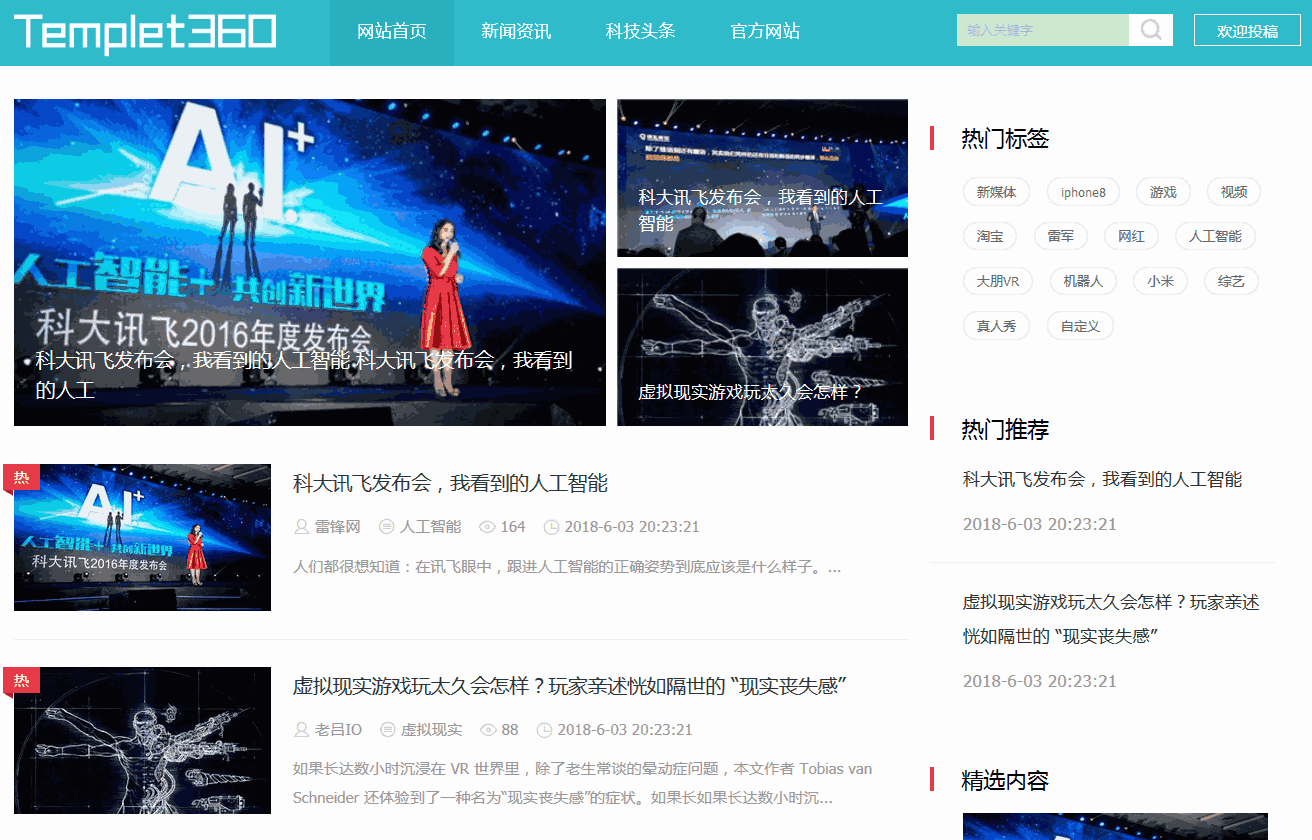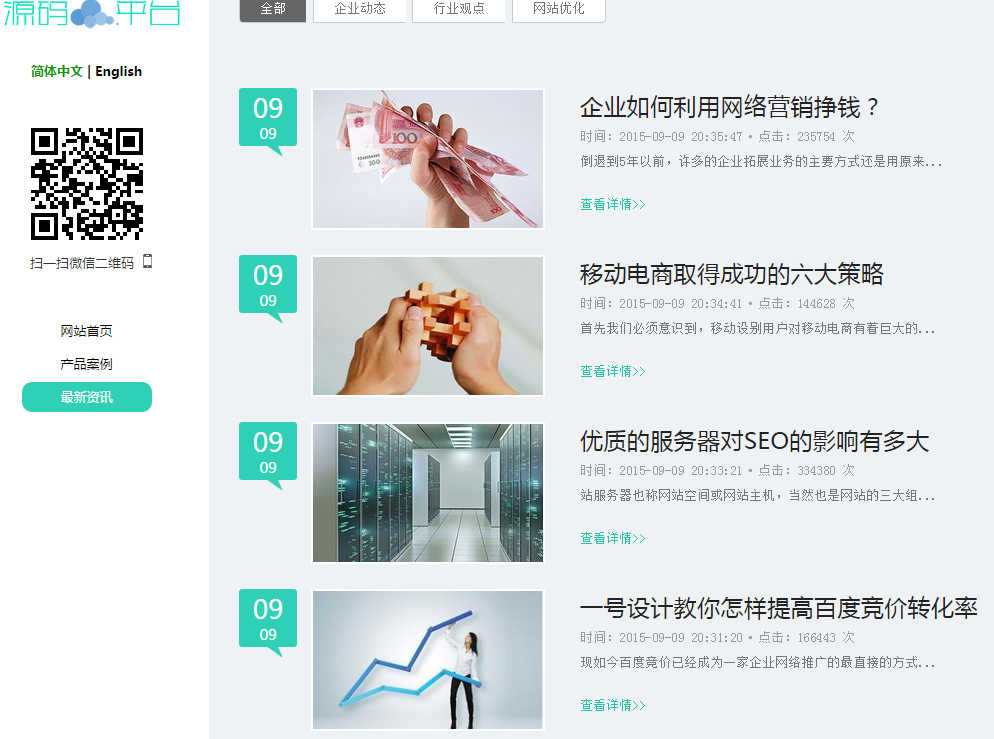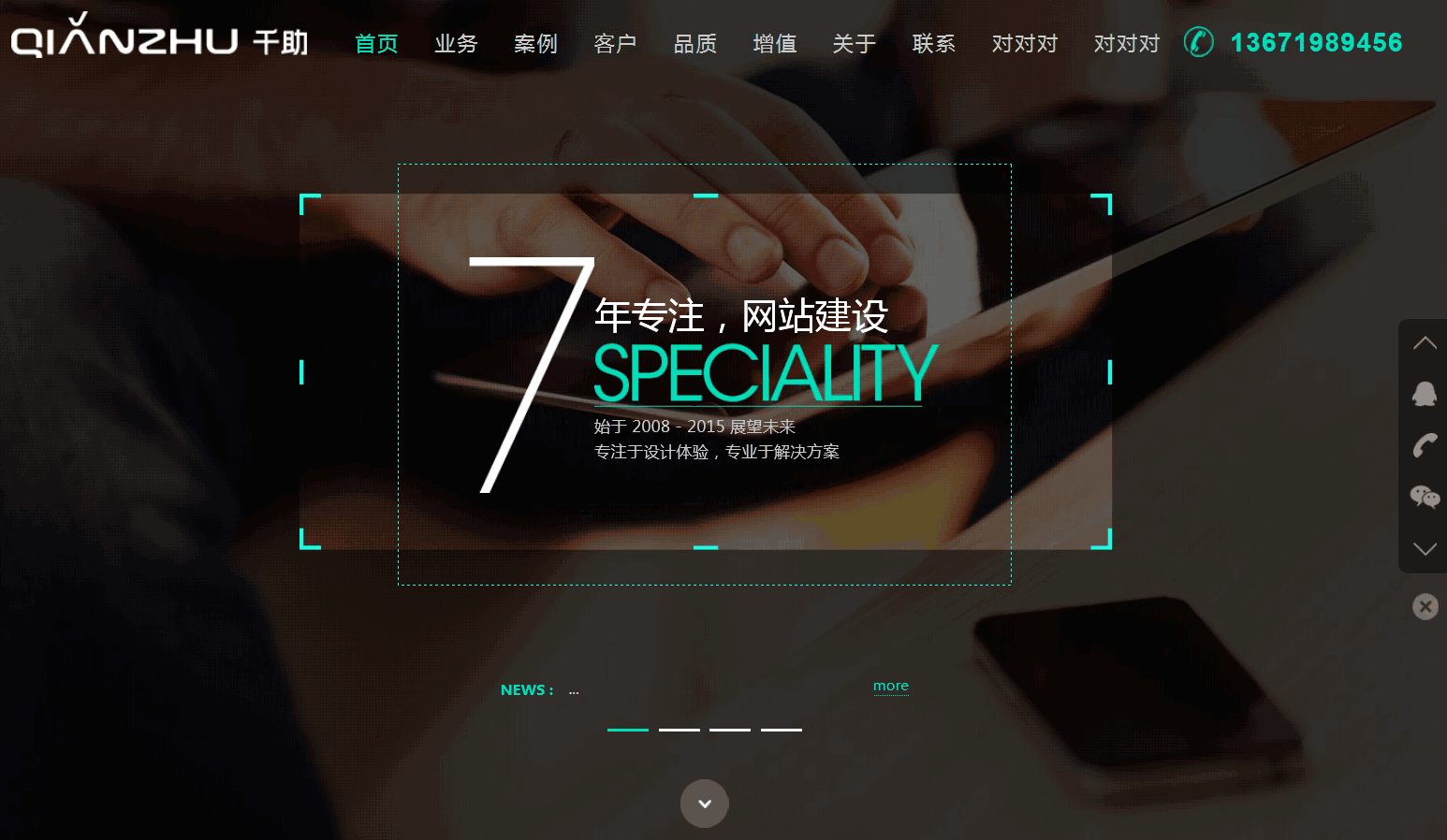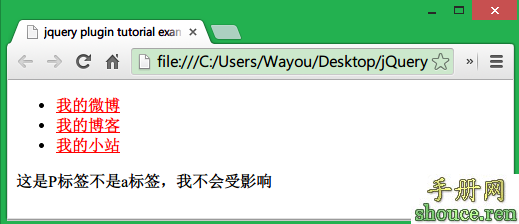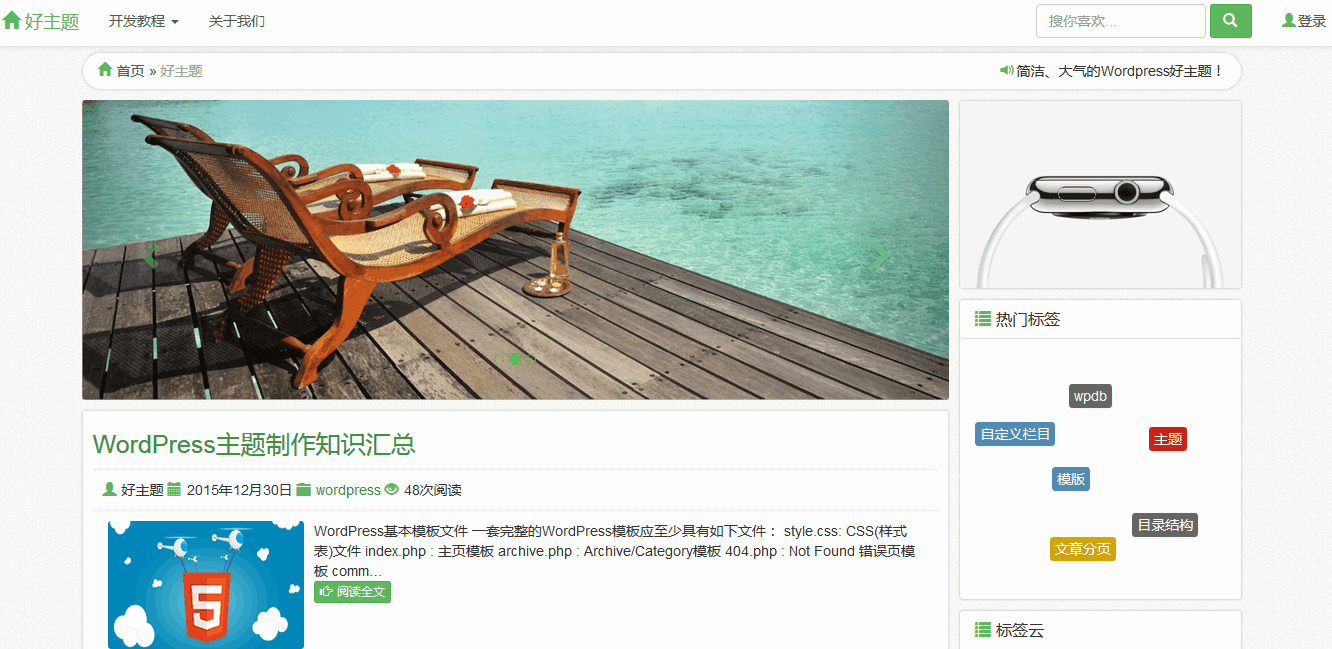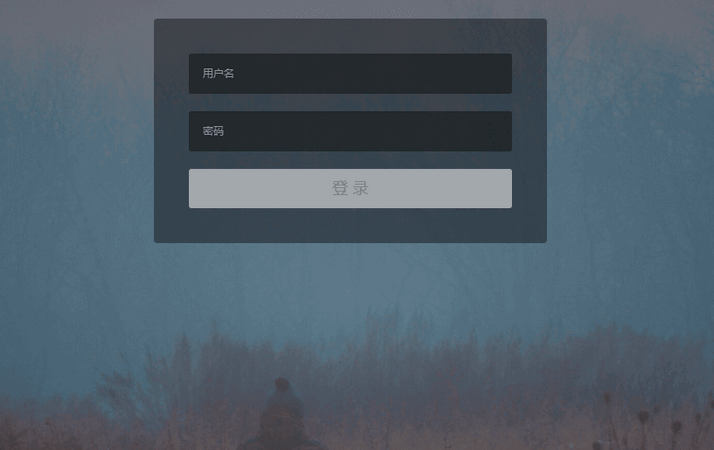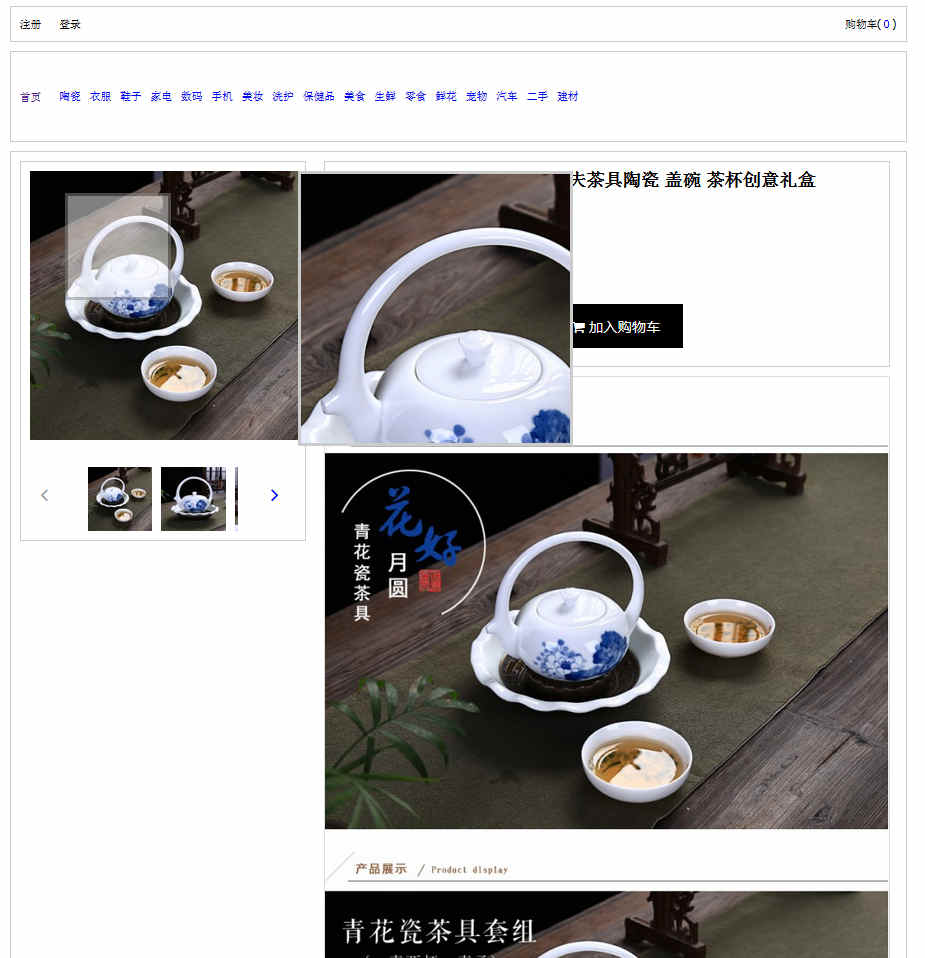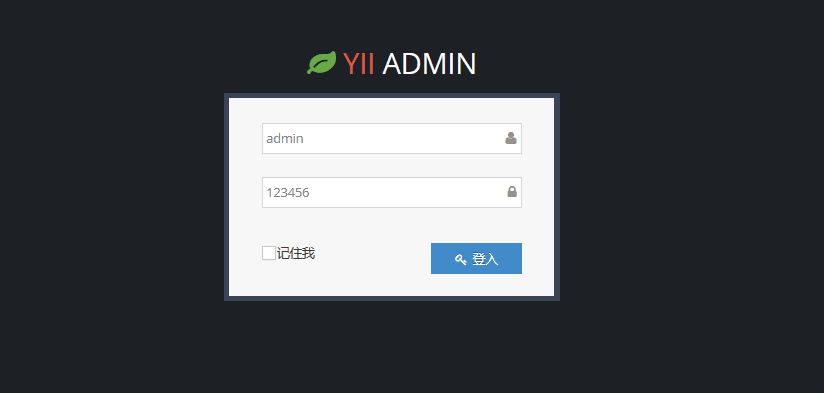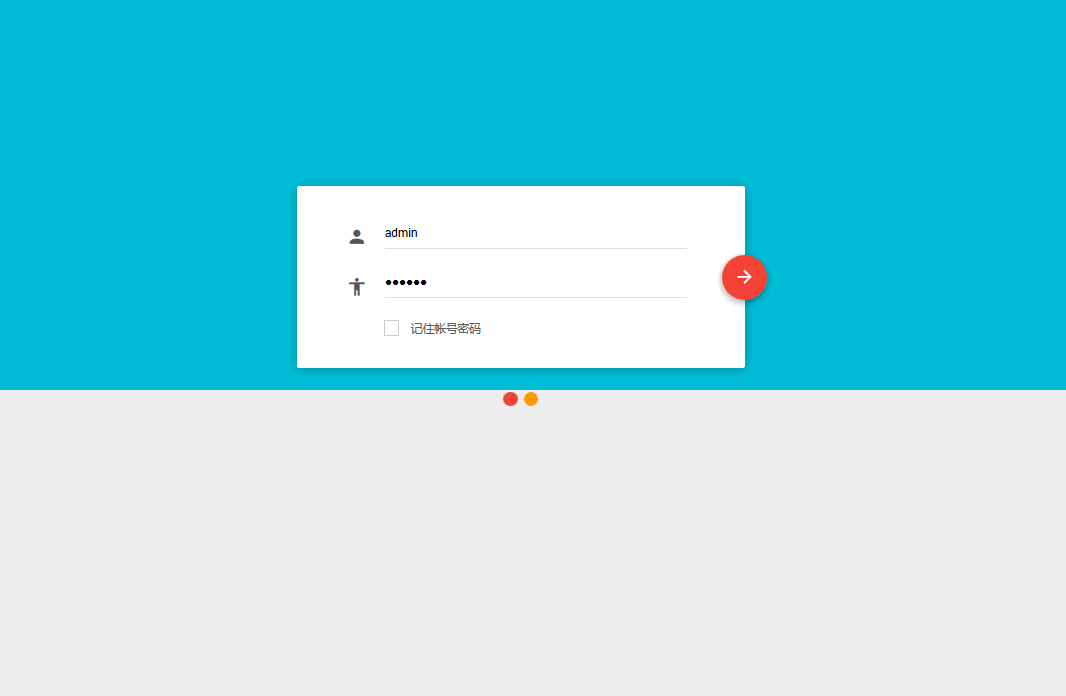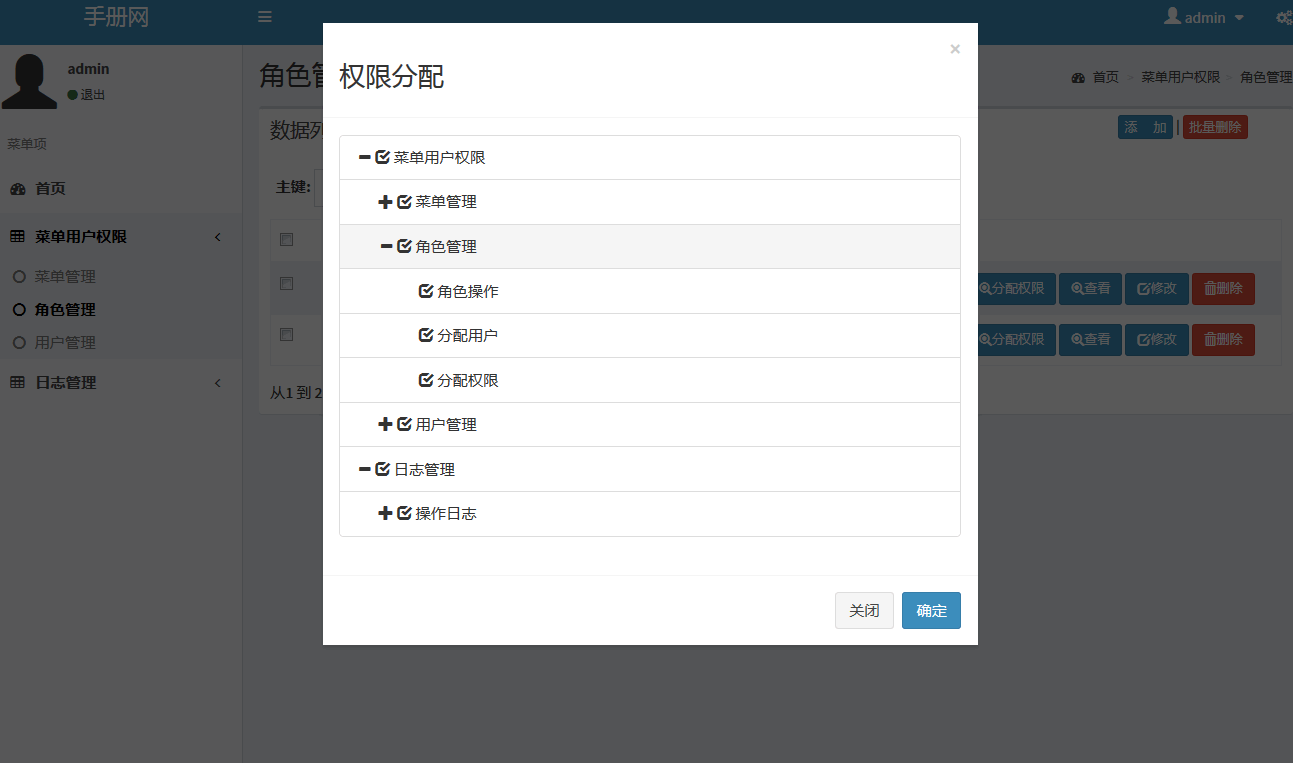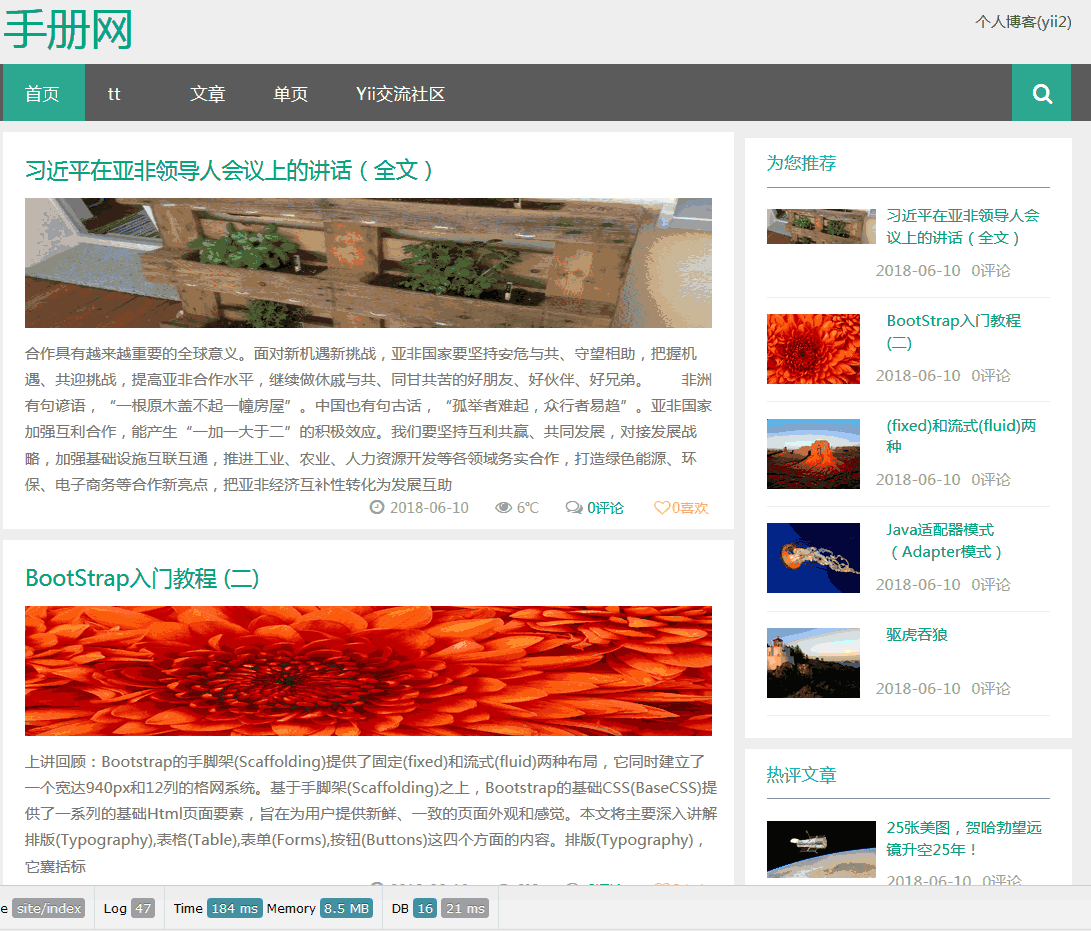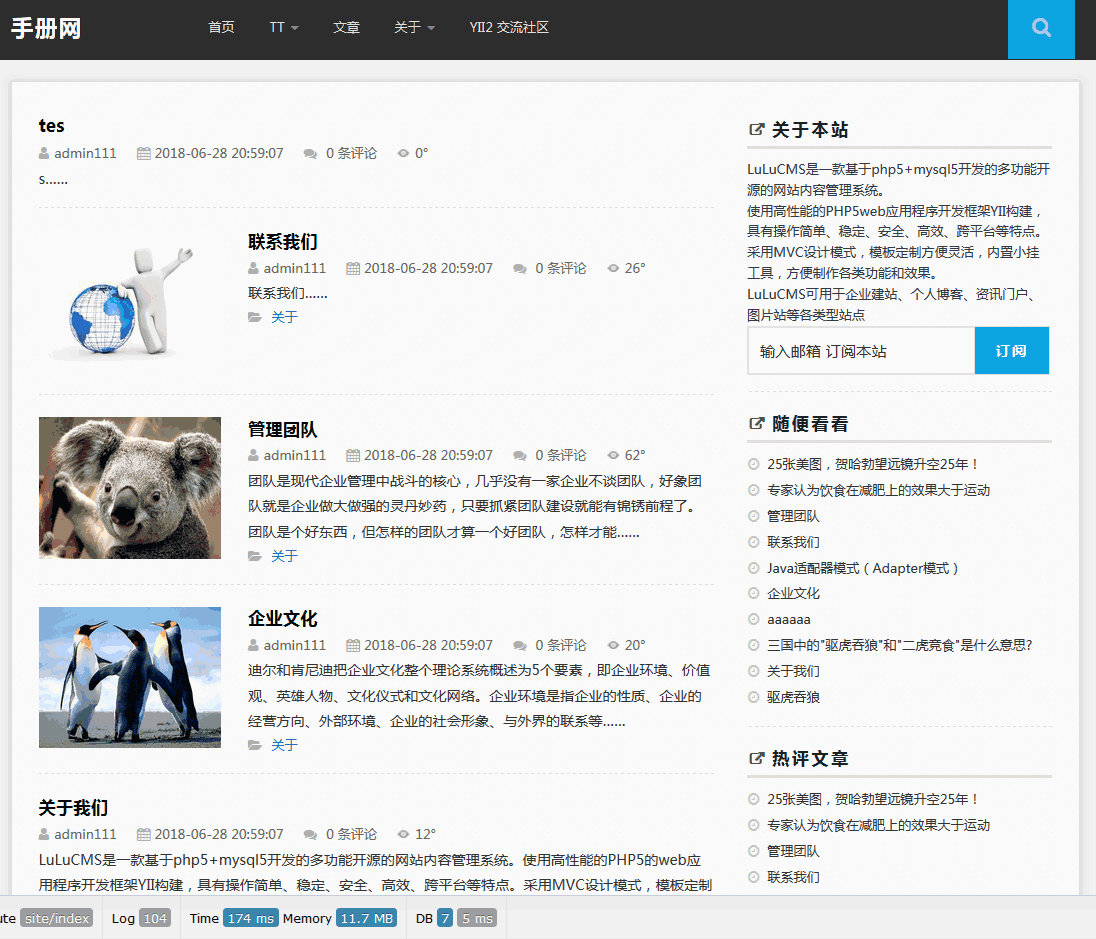struts2+json+android开发整合解析终结
jerry Android 2015年11月23日
收藏
上节课程我们重点介绍了struts2+json+android服务器段的开发,那这节课程我们就重点介绍在android客户端是怎么解析json集合|实体对象的方式 1、首先在这里我们新建一个android2.2的项目,新建完毕后因为此项目要进行网络访问操作,所以第一步应该在androidMainifest.xml文件中添加网络访问权限代码如下:
<uses-permission android:name="android.permission.INTERNET"></uses-permission>
2、然后创建业务bean及service对应的类代码如下:
业务Bean与上节课程中的业务一致。
Servcie层: 接口:
package cn.redarmy.service;
import java.util.List;
import cn.redarmy.domain.Good;
public interface GoodService {
// 获取最新的商品信息
public abstract List<Good> findAll();
// 获取最新的单个商品的详细信息
public abstract Good findById();
}
Service接口的实现类:在这里我们首先完成对商品的详细信息的解析:
package cn.redarmy.service.Impl;
import java.io.IOException;
import java.net.URI;
import java.net.URISyntaxException;
import java.util.ArrayList;
import java.util.List;
import org.apache.http.HttpEntity;
import org.apache.http.HttpResponse;
import org.apache.http.client.ClientProtocolException;
import org.apache.http.client.HttpClient;
import org.apache.http.client.methods.HttpGet;
import org.apache.http.impl.client.DefaultHttpClient;
import org.apache.http.util.EntityUtils;
import org.json.JSONArray;
import org.json.JSONException;
import org.json.JSONObject;
import cn.redarmy.domain.Good;
import cn.redarmy.service.GoodService;
public class GoodServiceImpl implements GoodService {
// 获取最新的商品信息
/* (non-Javadoc)
* @see cn.redarmy.service.Impl.GoodService#findAll()
*/
@Override
public List<Good> findAll() {
// 创建请求HttpClient客户端
HttpClient httpClient = new DefaultHttpClient();
// 创建请求的url
String url = "http://192.168.4.32:8080/shop/csdn/listNewsGoods.action";
try {
// 创建请求的对象
HttpGet get = new HttpGet(new URI(url));
// 发送get请求
HttpResponse httpResponse = httpClient.execute(get);
// 如果服务成功返回响应
if (httpResponse.getStatusLine().getStatusCode() == 200) {
HttpEntity entity = httpResponse.getEntity();
if (entity != null) {
// 获取服务器响应的json字符串
String json = EntityUtils.toString(entity);
return parseArrayJosn(json);
}
}
} catch (Exception e) {
e.printStackTrace();
}
return null;
}
//解析json数组对象
private List<Good> parseArrayJosn(String json) {
List<Good> goods = new ArrayList<Good>();
try {
JSONArray array = new JSONObject(json).getJSONArray("goods");
for (int i = 0; i < array.length(); i++) {
JSONObject obj = array.getJSONObject(i);
Good good = new Good(obj.getInt("id"), obj.getString("name"),
(float) obj.getDouble("price"));
goods.add(good);
}
} catch (JSONException e) {
e.printStackTrace();
}
return goods;
}
// 获取最新的单个商品的详细信息
/* (non-Javadoc)
* @see cn.redarmy.service.Impl.GoodService#findById()
*/
@Override
public Good findById() {
// 创建请求HttpClient客户端
HttpClient httpClient = new DefaultHttpClient();
// 创建请求的url
String url = "http://192.168.4.32:8080/shop/csdn/findGood.action";
try {
// 创建请求的对象
HttpGet get = new HttpGet(new URI(url));
// 发送get请求
HttpResponse httpResponse = httpClient.execute(get);
// 如果服务成功返回响应
if (httpResponse.getStatusLine().getStatusCode() == 200) {
HttpEntity entity = httpResponse.getEntity();
if (entity != null) {
// 获取服务器响应的json字符串
String json = EntityUtils.toString(entity);
return parseObjJosn(json);
}
}
} catch (Exception e) {
e.printStackTrace();
}
return null;
}
//解析json的单个对象
private Good parseObjJosn(String json) {
JSONObject obj = null;
try {
obj = new JSONObject(json).getJSONObject("good");
Good good = new Good(obj.getInt("id"), obj.getString("name"),
(float) obj.getDouble("price"));
return good;
} catch (JSONException e) {
e.printStackTrace();
}
return null;
}
}
创建用于显示商品信息的listView及对应的组件 创建good.xml文件
<?xml version="1.0" encoding="utf-8"?>
<LinearLayout
xmlns:android="http://schemas.android.com/apk/res/android"
android:layout_width="match_parent"
android:layout_height="match_parent" android:orientation="horizontal">
<TextView android:layout_height="wrap_content" android:text="TextView" android:id="@+id/name" android:layout_width="200dip"></TextView>
<TextView android:layout_height="wrap_content" android:text="TextView" android:id="@+id/price" android:layout_width="match_parent"></TextView>
</LinearLayout>
在main.xml文件中添加listView组件
<?xml version="1.0" encoding="utf-8"?>
<LinearLayout xmlns:android="http://schemas.android.com/apk/res/android"
android:orientation="vertical"
android:layout_width="fill_parent"
android:layout_height="fill_parent"
>
<ListView android:layout_height="wrap_content" android:layout_width="match_parent" android:id="@+id/goods"></ListView>
</LinearLayout>
最后完成GoodActivity的编写代码如下:
package cn.redarmy.activity;
import java.util.ArrayList;
import java.util.HashMap;
import java.util.List;
import android.app.Activity;
import android.os.Bundle;
import android.util.Log;
import android.widget.ListView;
import android.widget.SimpleAdapter;
import cn.redarmy.domain.Good;
import cn.redarmy.service.GoodService;
import cn.redarmy.service.Impl.GoodServiceImpl;
public class GoodActivity extends Activity {
private GoodService goodService = new GoodServiceImpl();
@Override
public void onCreate(Bundle savedInstanceState) {
super.onCreate(savedInstanceState);
setContentView(R.layout.main);
//解析集合
/* try {
List<Good> goods = goodService.findAll();
ListView listView = (ListView) this.findViewById(R.id.goods);
List<HashMap<String, Object>> data = new ArrayList<HashMap<String, Object>>();
for (Good good : goods) {
HashMap<String, Object> item = new HashMap<String, Object>();
item.put("name", good.getName());
item.put("price", getResources().getString(R.string.price)+good.getPrice());
item.put("id", good.getId());
data.add(item);
}
SimpleAdapter adapter = new SimpleAdapter(this, data,
R.layout.good, new String[] { "name", "price" },
new int[] { R.id.name, R.id.price });
listView.setAdapter(adapter);
} catch (Exception e) {
Log.v("error", "网络连接失败");
e.printStackTrace();
}*/
//解析单个对象
try {
Good good = goodService.findById();
ListView listView = (ListView) this.findViewById(R.id.goods);
List<HashMap<String, Object>> data = new ArrayList<HashMap<String, Object>>();
HashMap<String, Object> item = new HashMap<String, Object>();
item.put("name", good.getName());
item.put("price", getResources().getString(R.string.price)+good.getPrice());
item.put("id", good.getId());
data.add(item);
SimpleAdapter adapter = new SimpleAdapter(this, data,
R.layout.good, new String[] { "name", "price" },
new int[] { R.id.name, R.id.price });
listView.setAdapter(adapter);
} catch (Exception e) {
Log.v("error", "网络连接失败");
e.printStackTrace();
}
}
}
通过以上方式就能实现struts2+android+json的开发了,希望你所有收获

